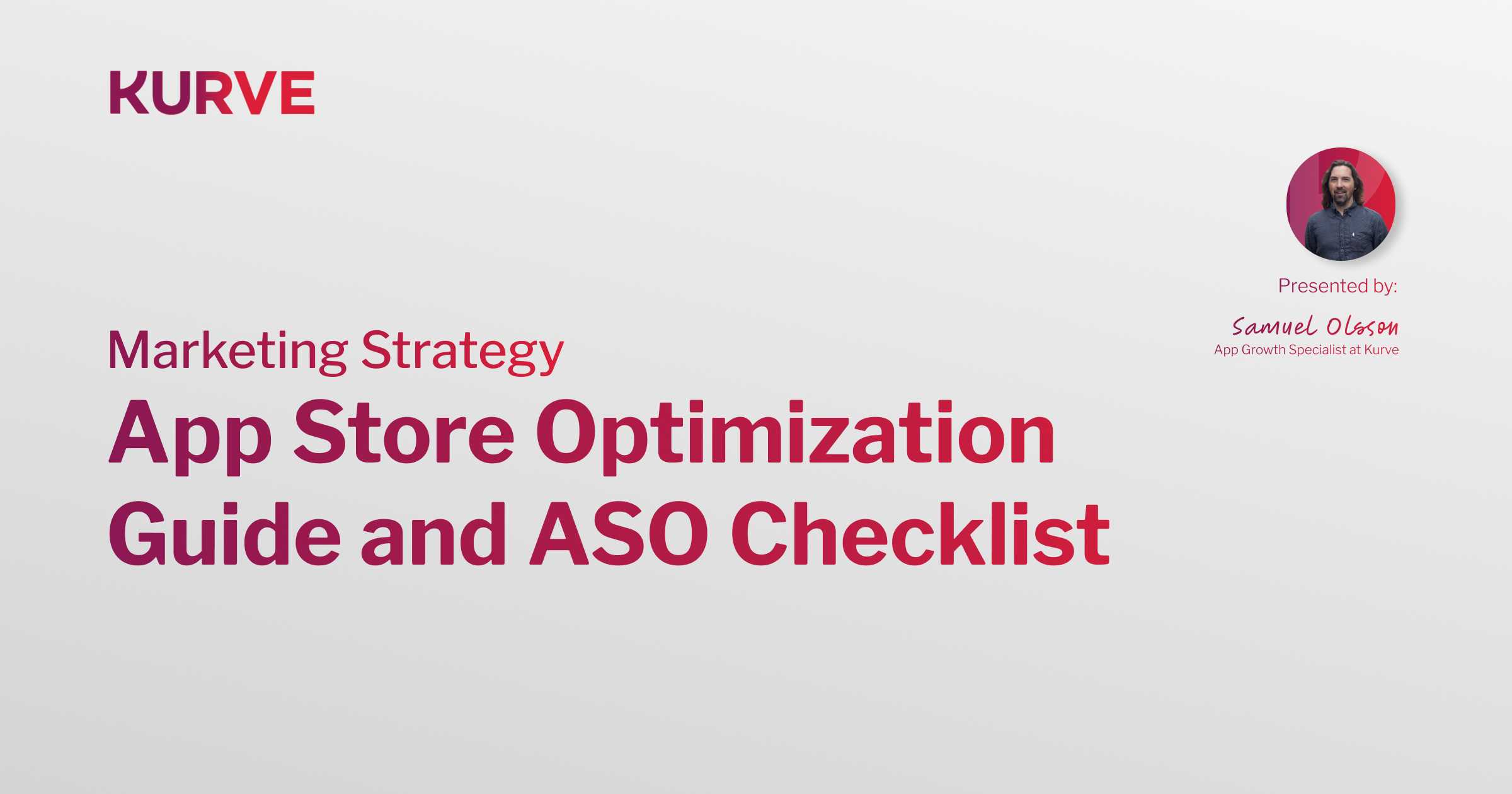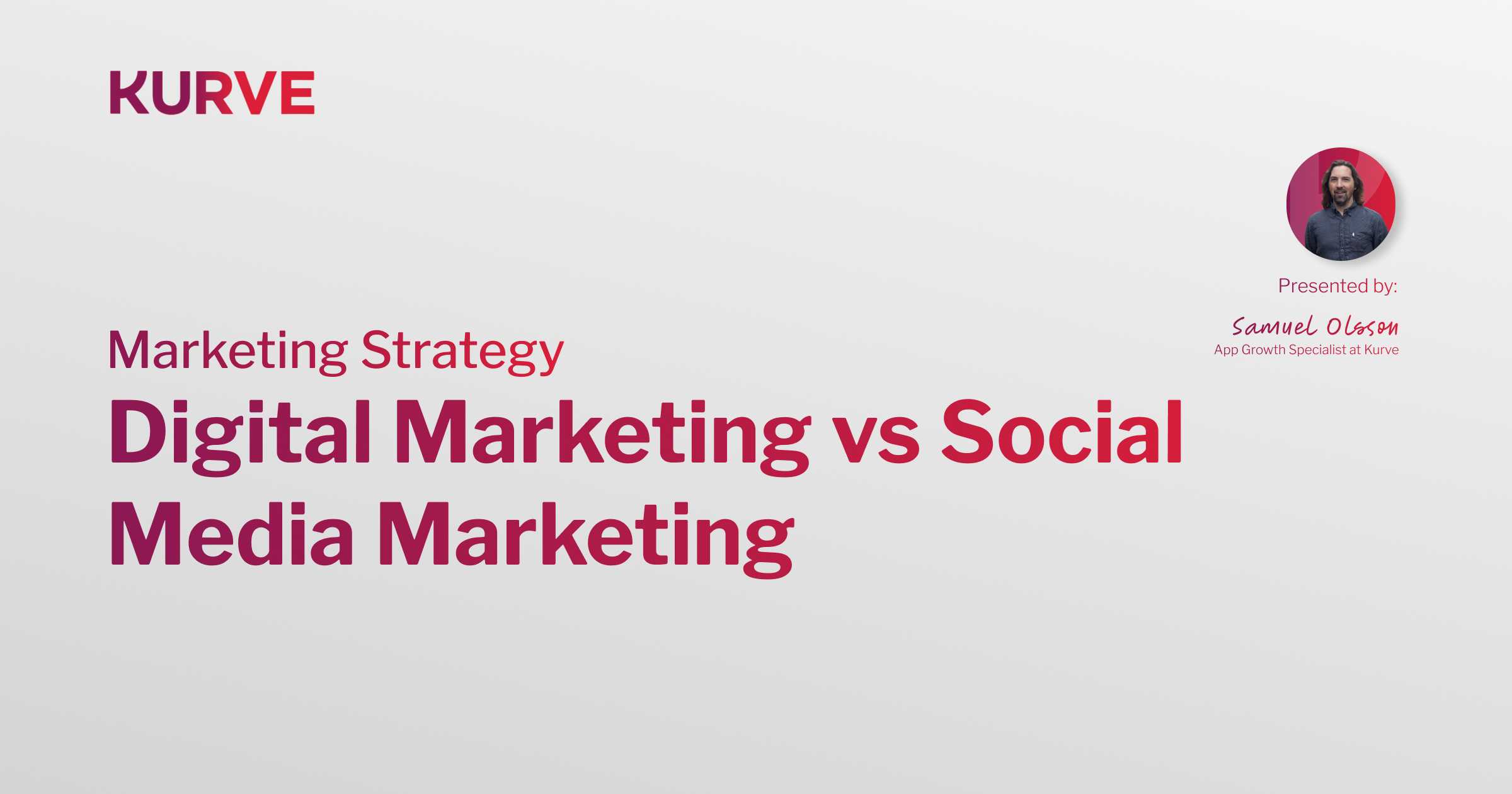App Store Optimization Guide and ASO Checklist
Building an app is only the first step. Getting people to discover, install, and keep it requires continuous refinement of your visibility and appeal within app stores. That’s where App Store Optimization, or ASO, becomes essential. In this guide, you’ll find a complete ASO checklist covering every phase—from keyword research and creative testing to user feedback loops and measurement frameworks.
Table of Contents
- What Is App Store Optimization
- Why ASO Matters for App Growth
- Comprehensive ASO Checklist
- Apple vs Google Play Optimization Differences
- Optimizing Creatives and Metadata
- Localization for International Growth
- Ratings, Reviews, and Quality Control
- Measurement and Reporting
- How This Article Can Help App Rankings
- FAQs
What Is App Store Optimization
App Store Optimization (ASO) is the process of improving your app’s visibility and conversion rate inside the Apple App Store and Google Play Store. It’s the mobile equivalent of SEO—focused on ranking higher in search results, appearing in curated lists, and persuading users to download once they arrive on your page.
At its core, ASO balances two forces: the technical mechanics of store algorithms and the psychology of user decision-making. A strong ASO strategy ensures that the right people find your app and that they’re convinced it’s worth installing.
Why ASO Matters for App Growth
According to Apple, over 60% of app downloads start with a store search. That means ASO isn’t optional, it’s foundational. Optimizing your listing influences every part of your growth funnel, from impression to install to retention.
Key Benefits of ASO
- Boosts organic visibility across search and browse placements
- Improves conversion rate through better copy and visuals
- Increases retention by aligning messaging with real value
- Strengthens long-term ROI compared to pure paid acquisition
For a deeper background on strategy, explore Kurve’s App Store Optimization overview.

Comprehensive ASO Checklist
The ASO checklist below provides a structured approach that teams can adapt to launches, relaunches, or ongoing optimization sprints. Follow each stage, measure outcomes, and loop back quarterly.
Stage 1: Research and Planning
- Define your app’s core function and value proposition.
- Identify primary and secondary audiences by intent.
- Choose the right category that fits user expectations.
- Audit competitors’ metadata, icons, and screenshots.
- Collect baseline performance data for your listing.
Stage 2: Keyword Research
- Create a seed list of search terms and phrases.
- Map keyword difficulty versus search volume.
- Prioritize intent-driven keywords for conversion potential.
- Assign primary keywords to title and subtitle, secondary ones to description.
Stage 3: Metadata Optimization
- Craft concise titles that pair value with keywords.
- Use subtitles to communicate differentiators.
- Write human-focused, scannable long descriptions.
- Update metadata every release cycle with new insights.
Stage 4: Creative Optimization
- Design a memorable icon with simple contrast and symbolism.
- Ensure first screenshots communicate the app’s promise instantly.
- Use videos to demonstrate functionality in the first five seconds.
- Apply A/B testing for visuals and headlines through store experiments.
Stage 5: Localization
- Translate keywords and metadata for top-performing regions.
- Adjust visuals to cultural norms and language direction.
- Monitor conversion rates by locale for ongoing improvement.
Stage 6: Ratings and Reviews
- Prompt users for feedback after positive in-app moments.
- Respond to every review, positive or negative, professionally.
- Track rating averages and volume trends monthly.
Stage 7: Measurement and Iteration
- Use conversion rate, retention rate, and uninstall data as KPIs.
- Report monthly results to inform the next testing cycle.
- Document all metadata and creative changes for transparency.
Apple vs Google Play Optimization Differences
Although both app stores share common principles, their algorithms and field structures differ. Understanding these distinctions helps you tailor your ASO for maximum effect.
| Feature | Apple App Store | Google Play Store |
|---|---|---|
| Keyword Fields | Dedicated keyword field (100 characters) | No keyword field; relies on textual relevance in descriptions |
| Title Length | Up to 30 characters | Up to 50 characters |
| Algorithm Signals | Keywords, tap-through rate, and retention | Keyword density, engagement metrics, and review quality |
| A/B Testing | Available through Product Page Optimization | Available via Store Listing Experiments |
| Visual Assets | Portrait-oriented screenshots and preview video | Flexible screenshot orientation and promo video link |
Optimizing Creatives and Metadata
1. Title and Subtitle
Use one high-intent keyword and one emotional or benefit phrase. Avoid stuffing multiple terms, it weakens readability and conversion.
2. Screenshots and Video
- Frame 1: Communicate the main benefit in bold, legible text.
- Frame 2–4: Showcase features sequentially with short captions.
- Frame 5: Include social proof or awards if available.
- Video: Keep under 30 seconds and demonstrate functionality fast.
3. Long Description
Structure paragraphs with short headers, bullet points, and clear calls to action. Mention keywords naturally every 150–200 words. Remember: your goal is to convince users, not just algorithms.
Localization for International Growth
Localization extends beyond translation. It means adapting your metadata, visuals, and pricing to resonate with cultural and linguistic expectations.
Localization Steps
- Identify top markets through analytics.
- Translate keywords contextually, not literally.
- Adjust visuals and CTAs to regional norms.
- Run per-locale experiments and monitor conversion rate.

Ratings, Reviews, and Quality Control
High ratings not only influence user trust but also algorithmic ranking. Encourage satisfied users to leave feedback while addressing negative reviews quickly.
Best Practices
- Request reviews after positive actions, such as completing a task.
- Thank users for positive feedback publicly.
- Respond to negative reviews with empathy and solutions.
- Highlight improvements in your release notes.
Measurement and Reporting
Core ASO Metrics
- Impressions (store visibility)
- Tap-through rate (search-to-page performance)
- Conversion rate (page-to-install efficiency)
- Retention and uninstall rates (post-install quality)
- Ratings volume and average (social proof)
Pair quantitative metrics with qualitative insights from user reviews and in-app analytics. This holistic view allows smarter testing cycles.
How This Article Can Help App Rankings
By following this guide and its ASO checklist, you gain a practical framework for improving discoverability and user conversion in both stores. When your metadata aligns with audience intent and your visuals communicate value instantly, store algorithms reward you with higher rankings. Combine these learnings with insights from backlinks for ASO rankings and technical support from ASO tools to strengthen overall performance.
For continued growth, use Kurve’s full ASO checklist and revisit your strategy every quarter.
Resources
FAQs
1. What does ASO stand for?
ASO stands for App Store Optimization. It’s the practice of enhancing your app’s visibility and conversion potential within app stores through keyword, creative, and performance optimization.
2. Why is ASO important for mobile apps?
ASO drives organic discovery, reduces paid acquisition costs, and helps your app appear in relevant search and category results, ultimately increasing downloads and user retention.
3. How often should ASO be updated?
Review and adjust your ASO strategy quarterly or after every major product update. Regular testing keeps your app competitive as algorithms and user behaviour evolve.
4. Can I apply the same ASO tactics to iOS and Android?
Not entirely. Apple and Google have different algorithms and metadata fields. Tailor your keywords and creative assets to each store’s structure and user base.
5. How long does it take to see ASO results?
Improvements typically appear within four to six weeks after updates. Larger shifts in ranking depend on user engagement, competition, and app quality signals.


